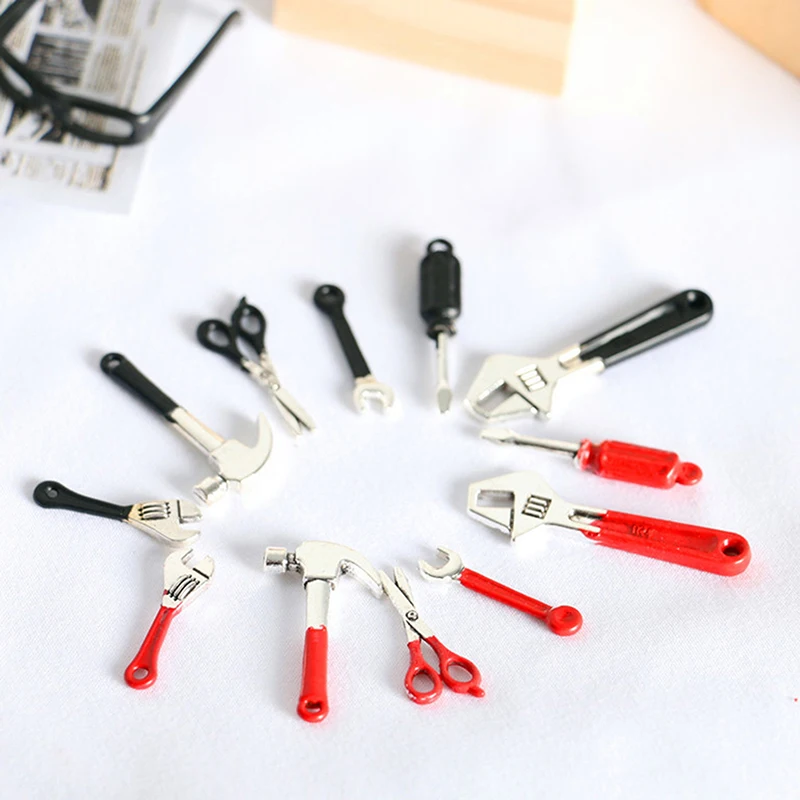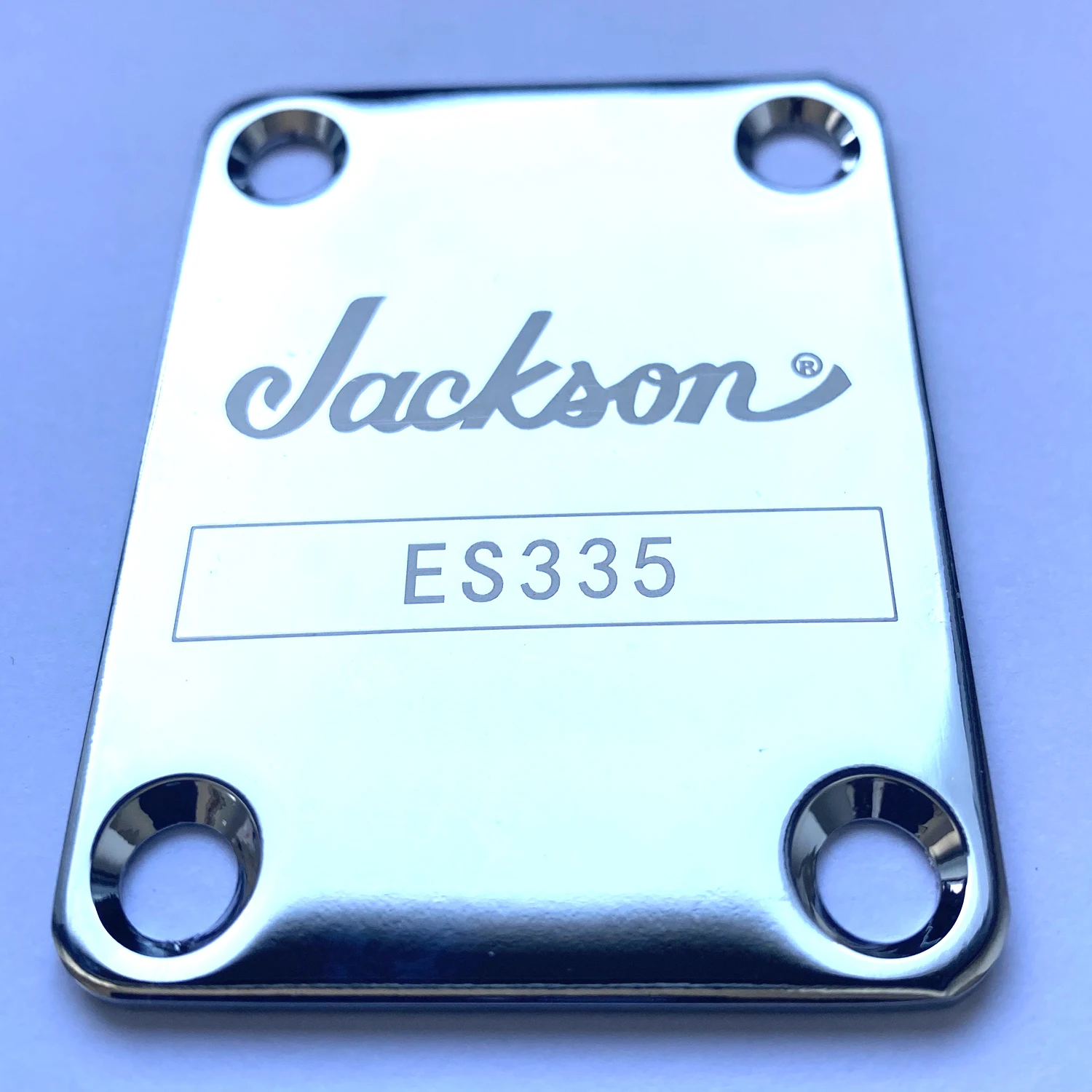Crafting the Future: How Traditional Techniques and Modern Innovations Create Unique Products
In today’s fast-paced world, the intersection of tradition and modernity is becoming increasingly influential in various industries. At the heart of this confluence lies an extraordinary art—the crafting of unique products. This practice embraces age-old techniques while seamlessly integrating contemporary innovations, giving rise to distinctive items that carry both history and modern significance. This article explores how traditional craftsmanship marries with modern design and technology, resulting in unique artifacts that resonate with consumers across the globe.
The Significance of Tradition in Crafting
Tradition holds a profound place in the crafting process. It represents the accumulated knowledge, skills, and practices passed down through generations. Here’s why honoring traditional methods is essential:
- Cultural Heritage: Traditional craftsmanship embodies a culture's history, values, and identity. It connects people to their roots, allowing them to appreciate their heritage.
- Craftsmanship Mastery: Techniques refined over centuries contribute quality. Craftsmen often go through rigorous training, ensuring a level of skill that can result in unmatched artistry.
- Sustainability: Traditional methods often adhere to sustainable and eco-friendly practices, as they rely on local materials and minimalistic production techniques, reducing environmental impact.
Modern Innovations in Crafting
While tradition lays the groundwork, modernity enhances the crafting process. Innovations in technology and design have revolutionized how products are made. Here are key elements of modernity in crafting:
- Advanced Materials: Today's craftsmen have access to new materials—such as biodegradable plastics and high-performance composites—that allow for greater creativity and functionality.
- Digital Fabrication: Tools like 3D printers and CNC machines enable precise construction that was unimaginable in the past, opening new avenues for complex designs and rapid prototyping.
- Market Accessibility: E-commerce and digital marketing allow artisans to reach a global audience, providing platforms for their unique creations and sustaining their craft.
Bridging the Gap: Examples of Unique Products
Several brands encapsulate the essence of merging traditional techniques with modern innovations. These products not only stand out in the marketplace but also tell compelling stories:
- Ceramics: Artisans may use traditional wheel-throwing techniques, but modern glazes and firing processes can add unexpected colors and patterns, resulting in pieces that are both functional and decorative.
- Textiles: Weaving techniques that have persisted for centuries can be paired with modern dyeing technologies, creating vibrant fabrics that maintain cultural motifs while appealing to contemporary tastes.
- Furniture Design: Craftsmen might use age-old joinery methods, combining them with modern methods such as laser cutting to create sleek, minimalist designs that are sturdy and aesthetically pleasing.
For instance, if you're a dollhouse enthusiast, you might appreciate the 6Pcs Miniature Repair Tools for Dollhouses. This delightful toolset embodies the fusion of craftsmanship with creativity.

The Miniature Repair Kit includes six high-quality tools made from durable alloy, specifically designed for 1:12 or 1:6 scale dollhouses, showcasing the perfect blend of traditional crafting skill and modern decorative techniques.
The Consumer’s Perspective
Today’s consumers are more conscious than ever about their choices. They seek not just products but stories and values. The merging of tradition and modernity addresses this growing demand:
- Authenticity: Unique crafted items are seen as authentic, offering a counter-narrative to mass-produced products.
- Personal Connection: Consumers are drawn to products that reflect their values and heritage, establishing an emotional connection with the items they purchase.
- Ethical Consumption: The longevity and sustainability inherent in traditional crafting practices resonate with consumers committed to ethical sourcing and fair trade.
As part of this trend, the Blue AIRBUS Lanyard with Buckle Keychain offers a stylish way to showcase one’s enthusiasm for aviation while fulfilling the need for practical accessories.

This sleek and durable lanyard made from premium materials enhances one’s personal style without sacrificing function, embodying a balance of traditional and contemporary design philosophy.
Conclusion
The art of crafting unique products stands as a testament to the timeless relationship between tradition and modernity. By honoring ancestral techniques while embracing innovative strategies, artisans create exceptional items that appeal to contemporary consumers. This synergy not only produces beautiful artifacts but also enriches cultural heritage and promotes sustainability. As we move forward, the demand for products epitomizing both tradition and modernity will continue to grow, celebrating craftsmanship that transcends time.
Consider items like the Chrome Guitar Neck Plate with ES335 Design, which represents style and performance in the musical realm, enhancing instruments with a modern twist.

These products exemplify the beautiful narrative woven through the process of traditional craftsmanship and modern innovation.

 Vintage Phones
Vintage Phones Model Cars
Model Cars Motorcycle Models
Motorcycle Models Historical Replica Coins
Historical Replica Coins
 Headstock Decals
Headstock Decals










 Home
Home Jake’s Shop
Jake’s Shop Phone Parts
Phone Parts Aircraft Models
Aircraft Models Contact Jake
Contact Jake Placing an Order
Placing an Order Payment Methods
Payment Methods Shipping
Shipping Blog
Blog About JakeSpecial
About JakeSpecial